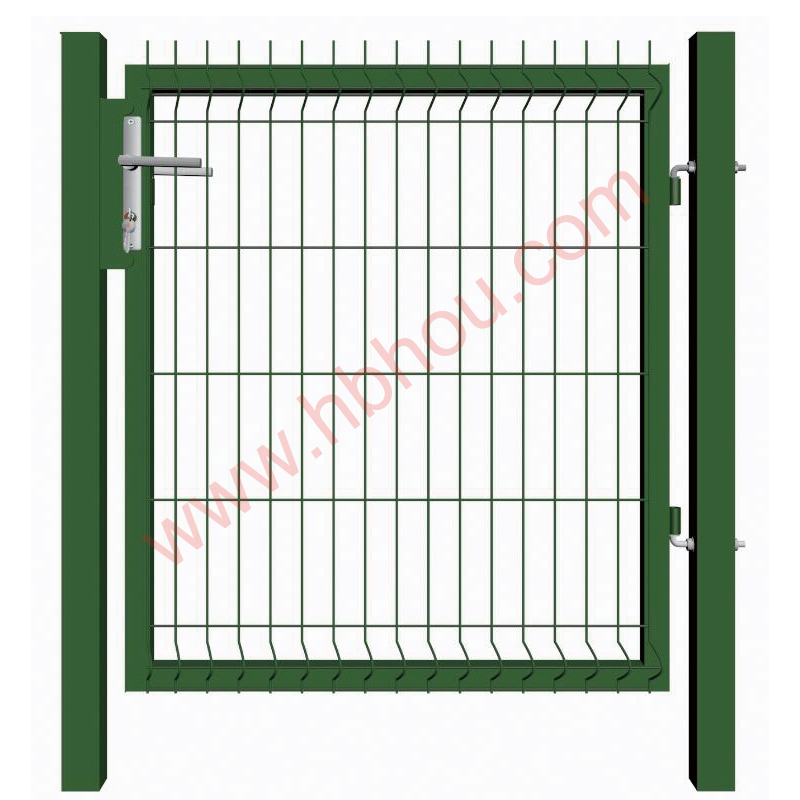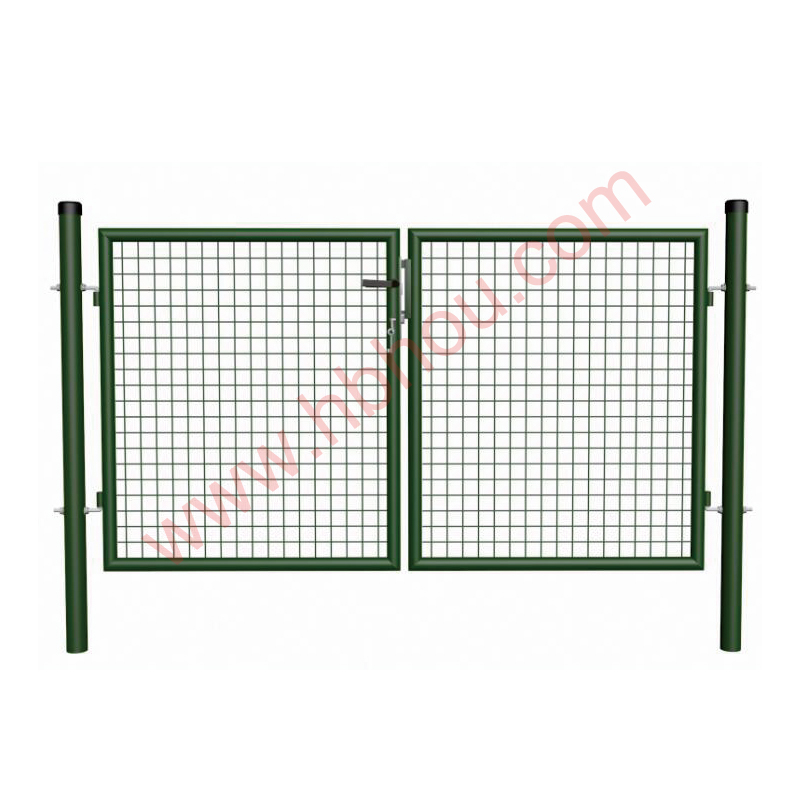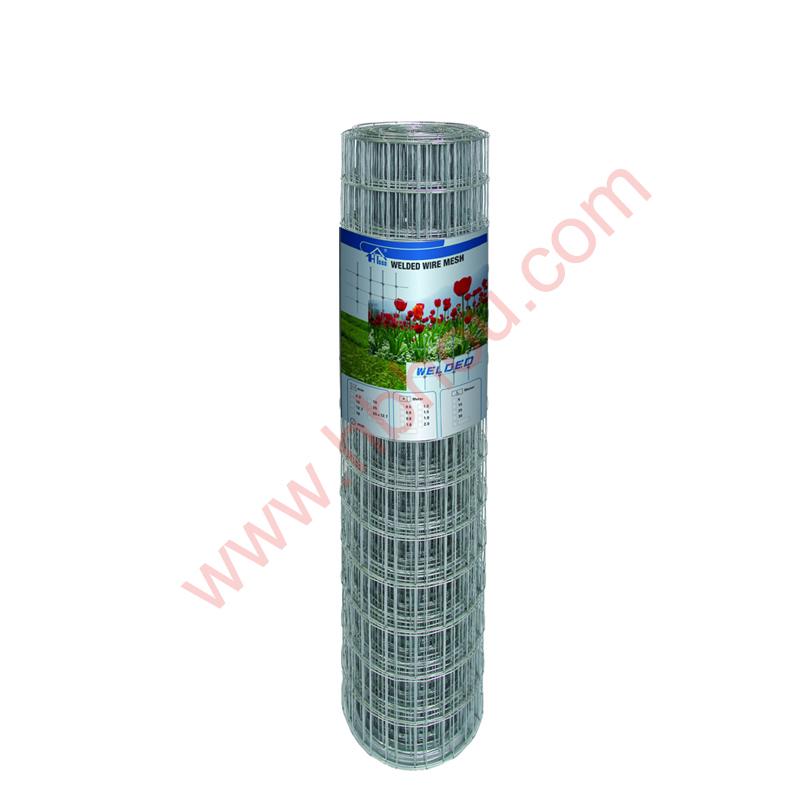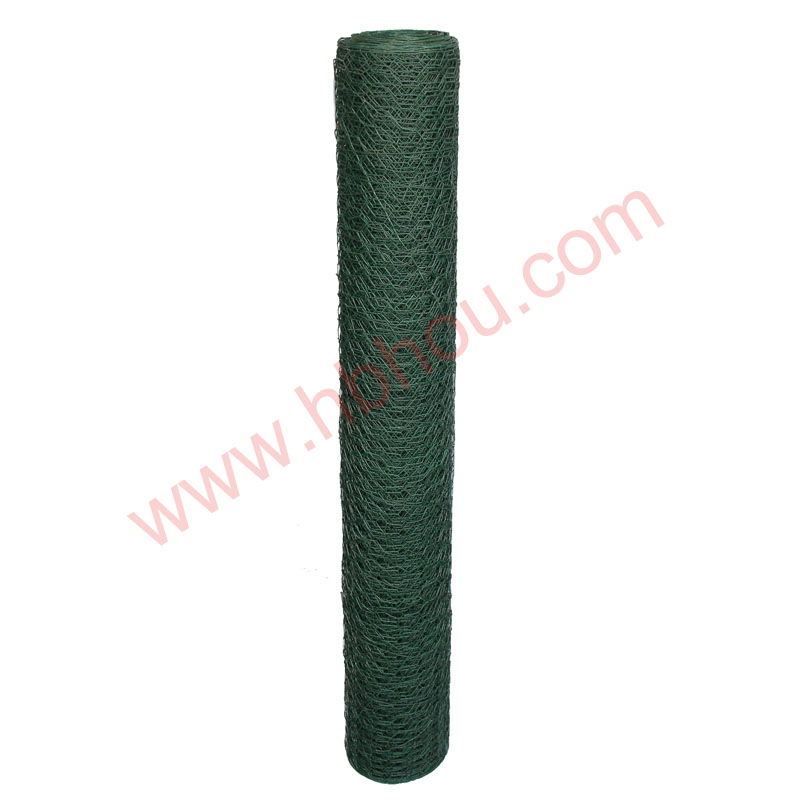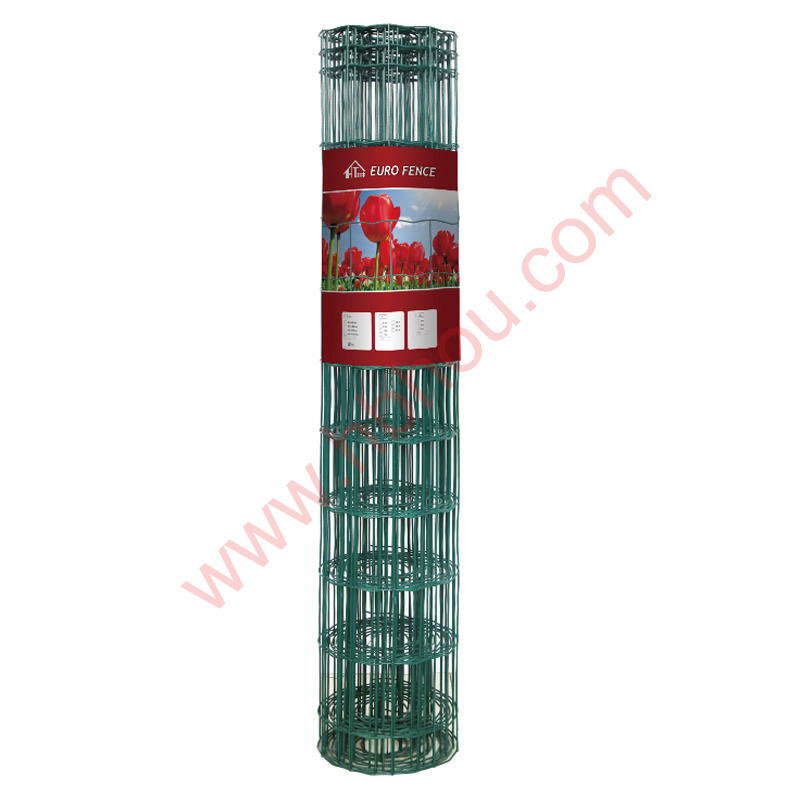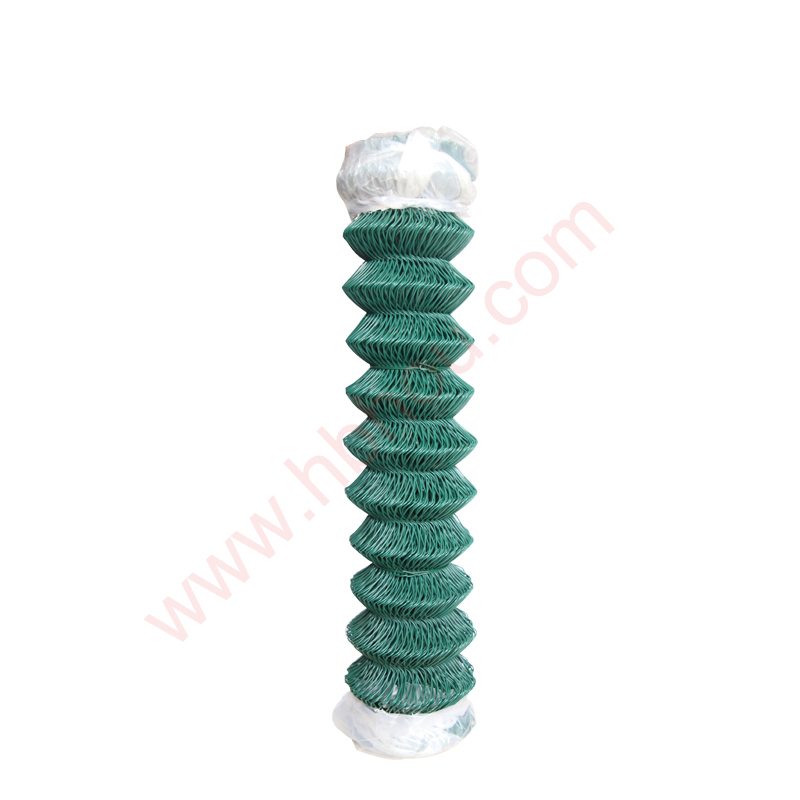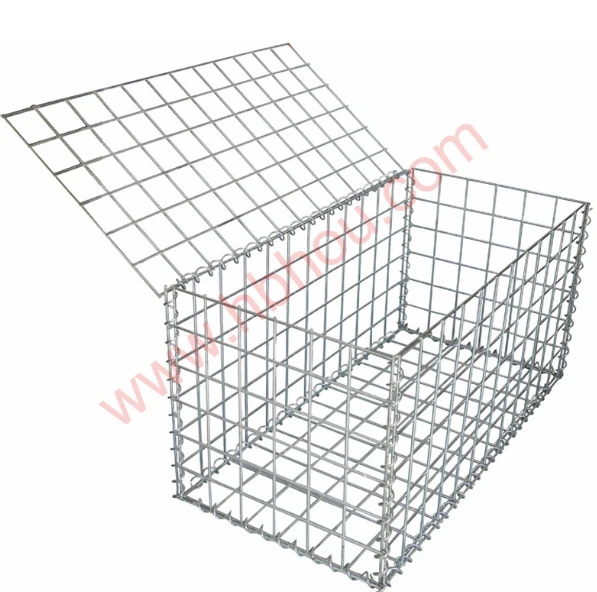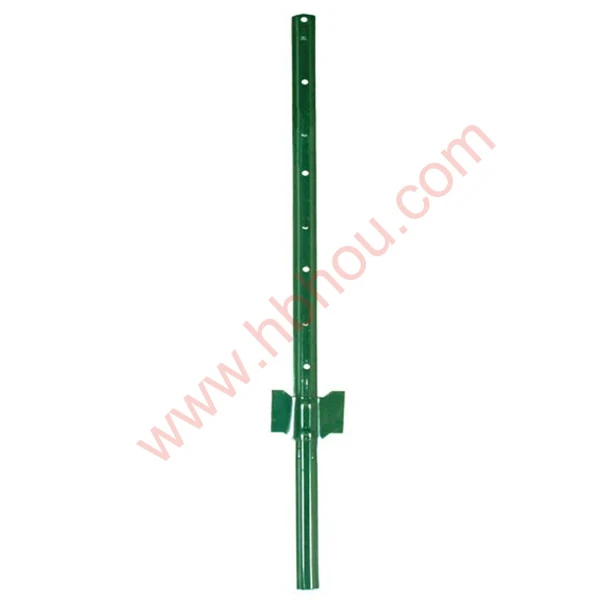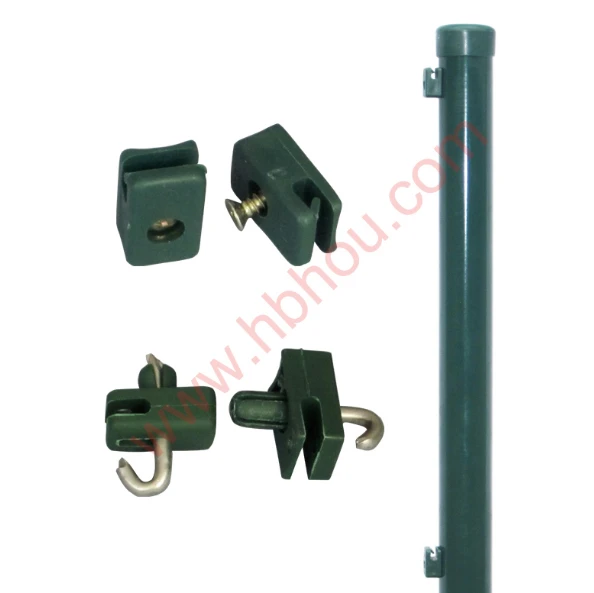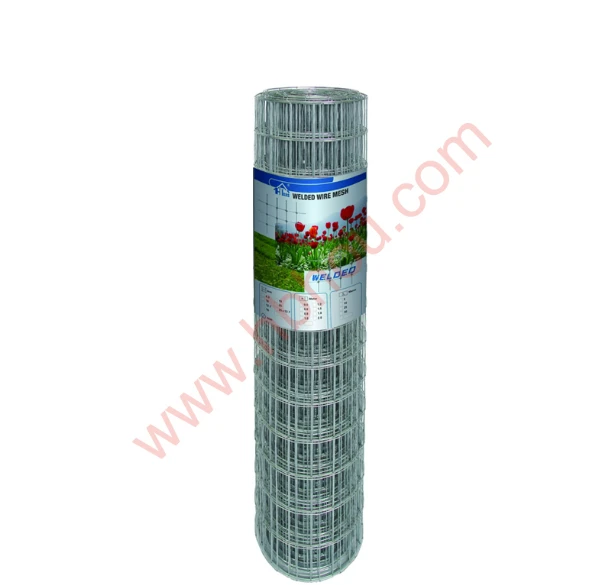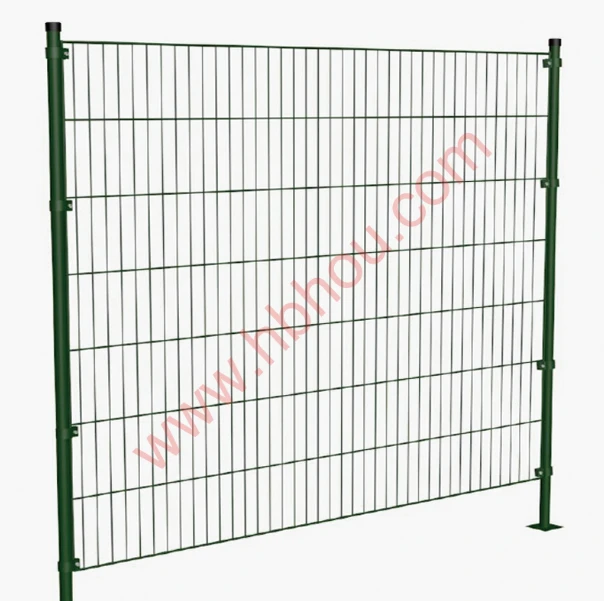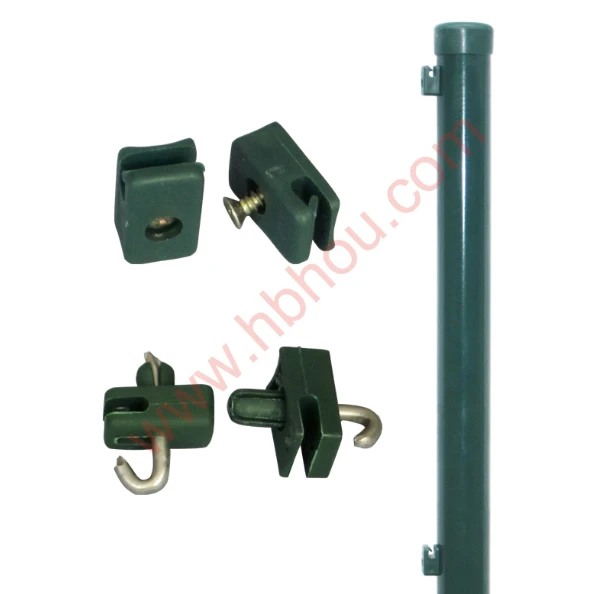The Art and Science of Gabion Installation
Gabion structures have gained prominence in both civil engineering and landscape design due to their versatility, durability, and aesthetically pleasing appearance. The term gabion originates from the Italian word gabbione, meaning big cage. Essentially, gabions are wire mesh containers filled with rocks, gravel, or other materials, serving various purposes in construction and environmental management. This article delves into the primary aspects of gabion installation, commonly referred to as gabion montaz.
Understanding Gabion Structures
Gabion walls and structures are designed to provide stability and support in various applications, including riverbank erosion control, slope stabilization, and as decorative elements in gardens and landscaping. The materials inside gabions can vary, ranging from natural stones to recycled materials, making them not only functional but also environmentally friendly.
Planning and Design
Before embarking on a gabion montaz project, it’s essential to plan and design the structure. This involves assessing the purpose of the gabion, the size and dimensions needed, and the materials to be used. A proper site analysis is crucial to understand the local environment, including soil conditions, moisture levels, and potential water flow, which can influence the design and installation process.
Materials Selection
The choice of materials is key to ensuring the effectiveness and longevity of the gabion structure. The wire mesh used for gabions is typically made from galvanized steel or PVC-coated wire to enhance resistance to corrosion. For the fill material, durable rocks that fit well within the mesh are ideal; they should be of similar size and weight to prevent settlement and ensure the structural integrity of the gabion.
Installation Process
The installation of gabions involves several critical steps
gabion montaz

1. Site Preparation This includes clearing the area, leveling the ground, and, if needed, constructing a firm foundation. Geotextile fabric may be laid down to prevent soil erosion and ensure adequate drainage.
2. Assembling Gabion Baskets Gabion baskets can be assembled on-site or pre-fabricated. They are typically folded and held together by a series of ties. It's important to ensure that all seams are tightly secured to prevent any leakage of fill material.
3. Filling the Gabions This is the most labor-intensive part of the process. Rocks are carefully placed into the baskets, ensuring an even distribution. The filling should be compacted properly to maximize stability and minimize any future shifting. Larger stones should be placed at the bottom, with smaller stones layered on top to create a balanced fill.
4. Securing the Structure Once filled, the gabions should be closed and secured with the provided clips or ties. They may also be stacked upon one another to achieve desired heights or shapes.
5. Final Touches After the installation, additional landscaping elements can be integrated, such as planting vegetation around the gabions or introducing other forms of decor.
Benefits of Gabion Structures
Gabion montaz offers numerous advantages. They are cost-effective, energy-efficient, and can blend seamlessly into the surrounding environment. Furthermore, gabions facilitate natural drainage, reducing the risk of water accumulation and erosion. Over time, as vegetation grows around the structures, they can transform into beautiful features in any landscape, creating habitats for local wildlife.
Conclusion
In conclusion, gabion installation, or gabion montaz, encompasses a blend of art and science. With proper planning, quality materials, and careful execution, gabion structures can significantly enhance the stability and beauty of landscapes, while serving vital environmental functions. Embracing this sustainable construction method not only addresses pressing engineering challenges but also contributes to the aesthetic and ecological health of our surroundings.


